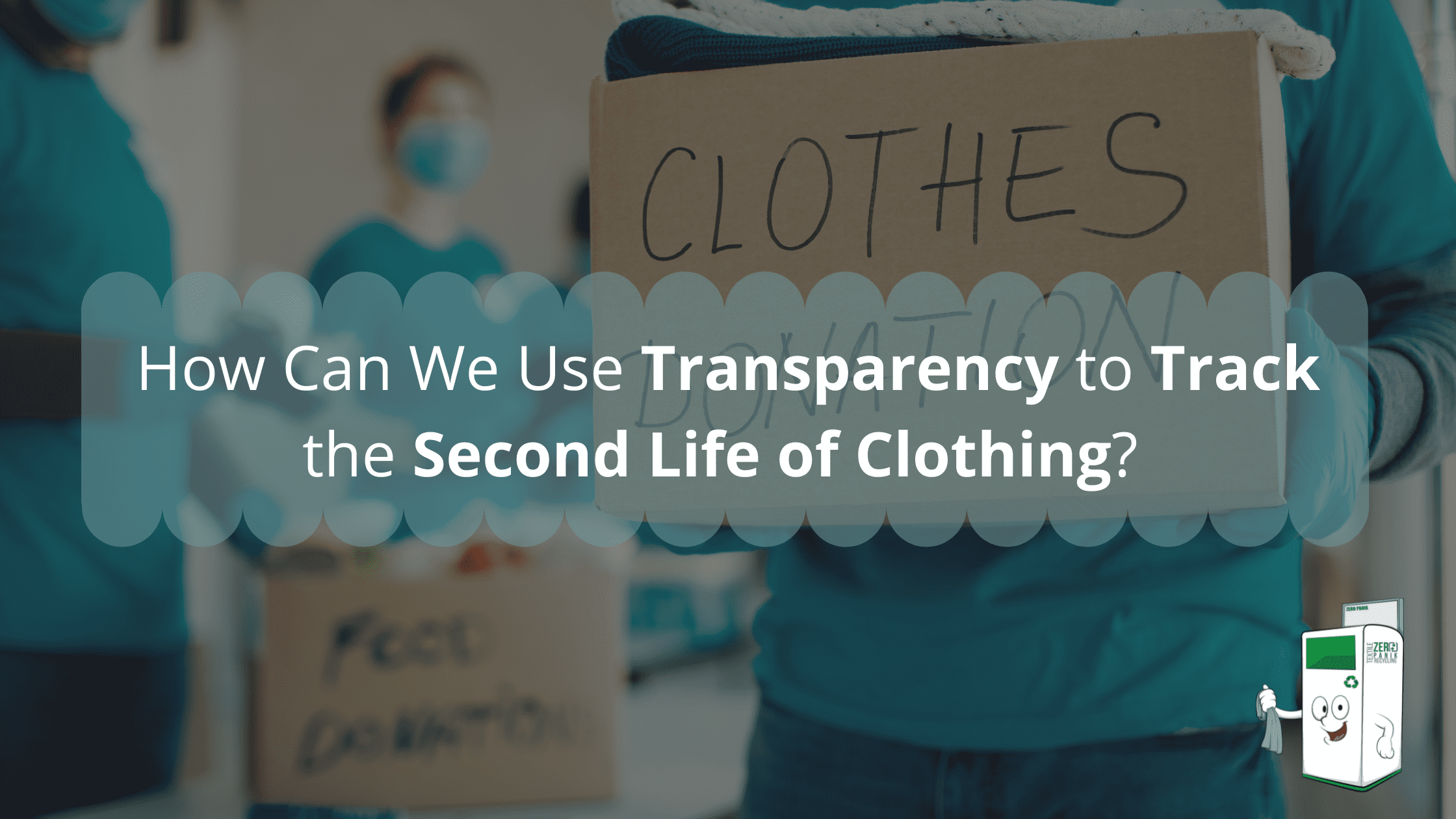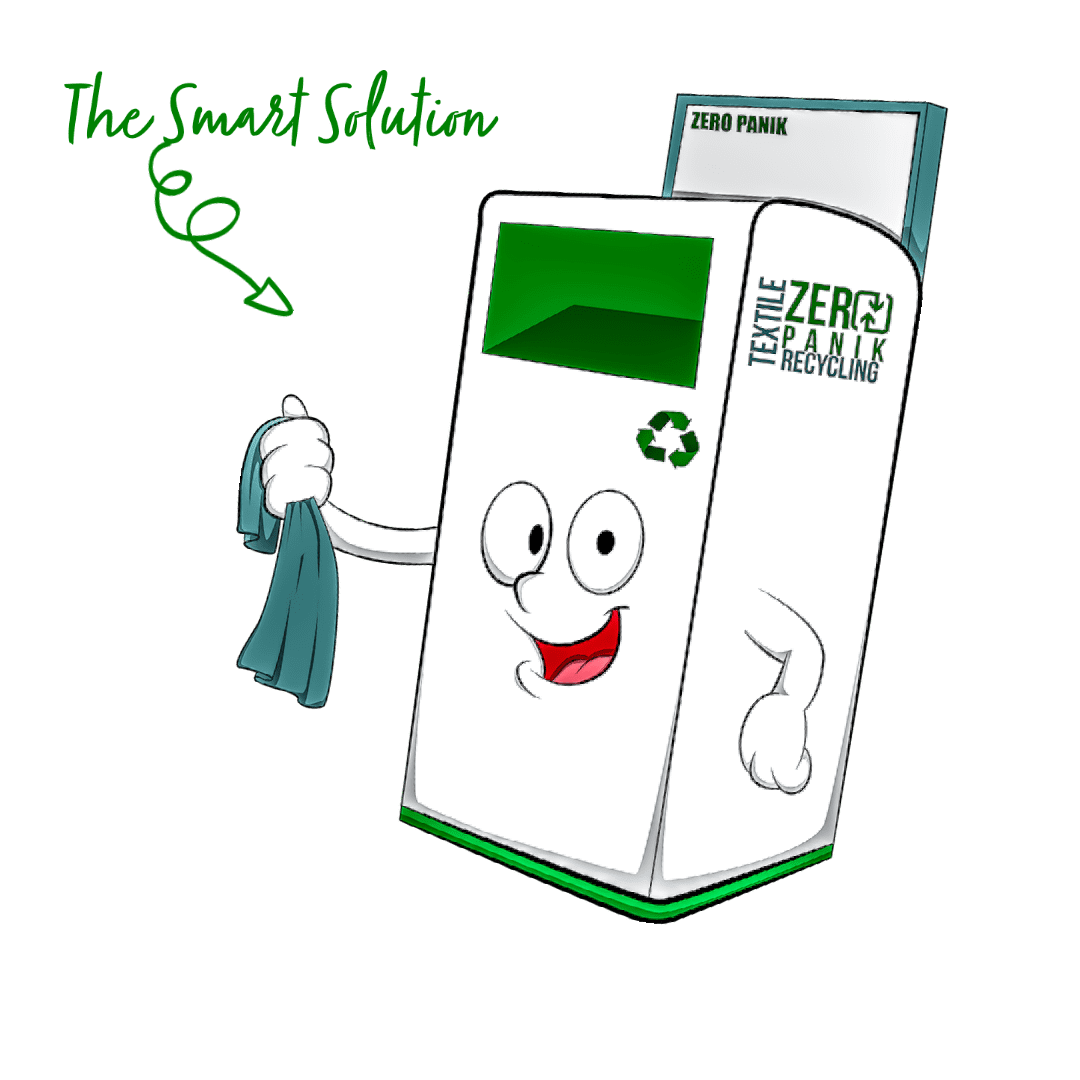
Society’s addiction to fashion is causing a devastating strain on the planet.
The First Step Towards Sustainable Fashion? Transparency.
Cotton crops consume lots of water and require copious amounts of fertilizers and pesticides. Whereas synthetic fibers, such as polyester, are made of plastic and therefore are derived from fossil fuels. Each year, billions of garments are processed, manufactured, and transported all around the world, adding to fashion’s ever-growing environmental footprint. To add insult to injury, textile workers are subjected to low pay, long hours, and unfair or hazardous working conditions.
The fashion industry makes up a large portion of the textile industry market. Although efforts are being made, fashion is nowhere close to being sustainable from either an environmental or social standpoint. Part of the problem is due to limited visibility into the fashion industry’s supply chain. An article of clothing is rarely produced in one location; instead, it exchanges multiple hands before becoming a final product. The complexity of the fashion industry makes it difficult to hold supply chains accountable and allows the status quo to continue.
And therein lies the problem. Without insight into business practices and operations around the world, how can the fashion industry truly become sustainable? Fashion Revolution, a fashion advocacy organization, says the first step towards achieving sustainability is transparency. Below is a direct quote from the Fashion Transparency Index 2021:
“Transparency is not to be confused with sustainability. However, without transparency, achieving a sustainable, accountable, and fair fashion industry will be impossible.”
The challenge with achieving sustainability is its complexity. Sustainability is not a “Yes” or “No” question; instead, the word represents a holistic state of being that incorporates multiple environmental and social factors. In reality, it’s nearly impossible for any fashion brand to be 100% sustainable since each material and activity have some sort of measurable impact on the planet. And if left to their devices, many brands will simplify their sustainability story to avoid addressing uncomfortable truths.
Transparency is simply a snapshot of reality. It’s an opportunity to track the progress of fashion production around the world. Plus, if a majority of businesses are monitored, then it creates an even playing field where fashion brands can compete based on the same criteria. The goal is to make sustainable efforts the norm instead of the exception.
Transparency in Production
One solution to creating transparency in the fashion industry is the Higg Index transparency program. This program is a unified label that fashion brands can use to measure themselves against sustainability metrics, including water use, water pollution, greenhouse gas emissions, and fossil fuels. The program is set to start in 2023 and will include major brands, including Amazon and H&M. This is done by adding a QR code to the tag of the garment or textile, that can be scanned to provide additional insight into the item, much like a nutrition label on a food product. Instead of calories and carbohydrates, the label could include information about the product’s carbon footprint, materials used, sourcing information, and how the materials were processed.
More brands are becoming aware of consumer demand for transparency, especially from younger generations. Millennials are currently the largest consumer market worth over $600 billion. 76% of this segment says they search for brands that live up to their environmental and social standards. Millennials aren’t the only ones seeking the truth: 94% of all consumers say they are likely to remain loyal to a brand that provides transparency, whereas 73% are willing to pay more for a transparent brand. In other words, it pays to be honest. Brands should be held accountable, not only for their practices but for their products as well. More than ever, fashion companies are finding ways to provide transparency on individual items using existing technologies. Currently, most garments we purchase have limited information listed on their tags. At most, they contain percentages of fiber types and the item’s country of origin. In other words, the tag only provides a small snippet of the garment’s long production journey.
Honesty requires companies to admit their shortcomings instead of pretending they are perfect. A good example of this is Patagonia, a popular outdoor clothing retailer. The top of their Environmental and Social Footprint page states, “Everything we make has an impact on the planet.” The page includes opportunities for their company’s improvements, fix actions, and accomplishments. Patagonia’s honesty is a breath of fresh air, but transparency should be expected from every brand. On a wider scale, real progress won’t be made unless each brand is held to a common standard.
Companies like EON are partnering with fashion brands to provide customers with a snapshot of the product’s journey along the supply chain. Sheep Inc. is a wool knitwear company that uses bio-based NFC tags on their items, whereas PANGAIA has created digital passports for transparency purposes. These efforts will help unveil the truth behind fashion production, but how can products be tracked after consumer use?
Transparency in Post-Consumer Use
It’s important to note that production isn’t fashion’s only source of environmental or social concerns. Consider the overflow of clothes we donate in the United States. Our country’s second-hand clothing market is the largest, sending gently used hand-me-downs around the world. Not only do excess secondhand textiles disrupt the economies of developing nations, but unusable clothes can end up in unregulated waste piles across the globe, such as the one seen in the Atacama Desert in Chile.
Clothing and household textile recycling services are extremely limited. Those that do exist, usually downcycle textiles into items of lesser quality; such as industrial rags and insulation fluff. In other words, it’s unlikely your shirt will become a shirt again (but clothing donation bins won’t tell you that!)
In other words, we need insight into textile production, but also after the disposal of the item. By providing transparency into the end-of-life of our garments, we can start to learn the reality of the secondhand and recycling landscape. Equipped with this knowledge, we can place more accountability on fashion brands to design products for longevity and/or recyclability.
Fashion brand Ganni recently began renting out Levi’s and incorporated near-field communication (NFC) into the items. This tech is similar to how contactless payments work, allowing the user to hover over the item with their cell phone and view the journey of their jeans. Eventually, they plan to incorporate additional information, such as resale and recycling. This is one example of how technology can be used for post-consumer transparency.
At Zero Panik, we aim to become a leader in post-consumer transparency. We work with manufacturers, brands, and repair specialists to ensure that your collected items are given a new life. We believe clothes should be used longer than a few short years, which is why we want to help influence transparency and circularity in a new era of fashion.
